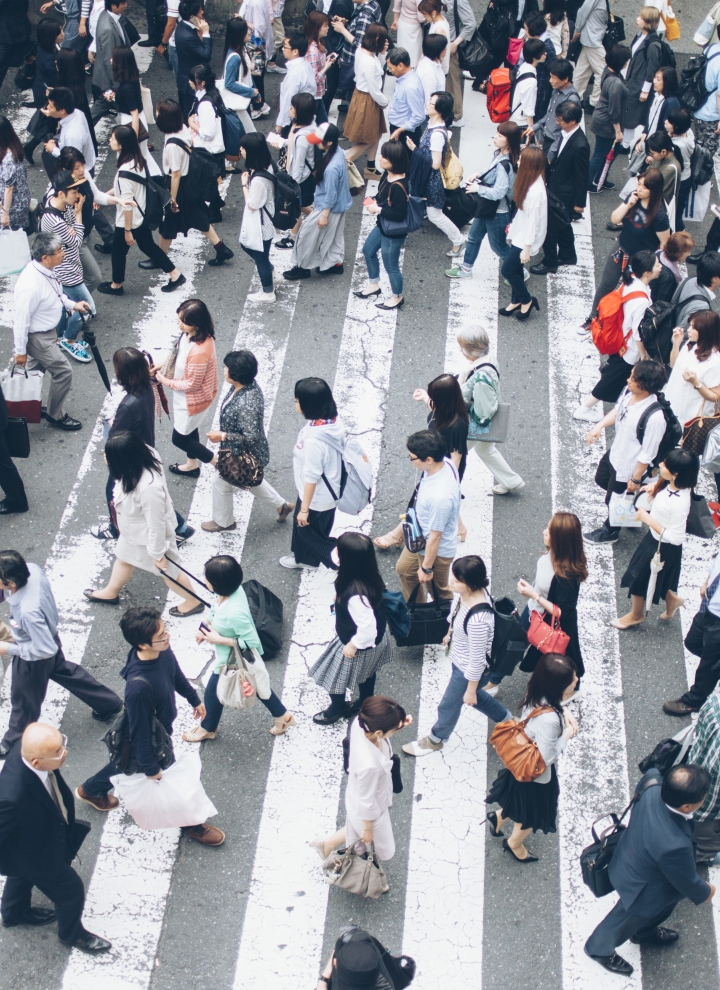
A World of Change: 4 Ways IoT Impacts the Everyday

Listen to the blog here:
The speed of change often blows my mind. It took 75 years to get 100 million people using the telephone, but in 2016 it took just one month to get 100 million people playing the online game Pokémon GO.
Our world’s level of complexity is increasing tremendously. In today’s world of digital transformation, circumstances dictate that we make weekly if not even daily decisions of strategic importance. Nowadays, it’s vital to turn organizations into future-sensing organisms with the capability to probe, sense and respond continuously. IoT is a major lever for this transformation, serving both business and community. In fact, the best examples of IoT in action show that this double objective is clearly being met.
IoT is transforming the way we work – and the way we live.
1. Clean energy in turbulent times
Imagine the scene: a strong storm over an offshore facility. Grid operators are warning of outages. The challenge is to manage the gusts exerting excessive wind loads on the turbines of an offshore wind farm and to avoid potential interruptions to clean energy generation.
When storms like this exceed the operating limits of certain wind speed ranges, the turbines apply a brake and stop operating. However, there is an operational and commercial requirement for all turbines to be available as much as possible.
Here’s the solution: turbines with sensors and an IoT cloud-based platform incorporating for example machine learning (ML) that allow increased remote monitoring and troubleshooting. Using data from different sources, such as weather or operational data, allows to utilize the maximum potential of the wind farm. As a result, turbulence can be managed as optimal revolutions-per-minute are maintained and specific loads across the turbines are balanced.
How is this changing the world?
With assets maximized to deliver in extreme weather conditions, we’re less likely to suffer power cuts. So, the electricity in our hospitals, schools and homes stays on and our communication networks remain operational and robust. All with clean, zero-carbon energy utilized to its full potential – no matter how big the storm.
2. Reducing factory downtime using digital twins
Manufacturers are usually eager to improve factory set-ups and assembly line design to attain greater worker safety and better resource efficiency. But how can that happen without taking the factory off-line for an expensive physical run-through?
The solution is a digital twin: A digital simulation of a real-life process that allows the factory to trial any proposed improvements or changes. Created with plant simulation software, the facility can develop a digital twin of the assembly line design based on a 3D material flow simulation model. In other words, it builds a factory simulator.
How is this changing the world?
What this example shows is how we can plan changes to any part of our physical world without exposing humans to unquantified risk. And we’re no longer subject to so many downtimes in our real-life systems; they march on while their digital twin ponders a more productive future for them.
IoT allows us to identify unknown pitfalls without any risk to assets, while business-critical systems remain online. Its primary human benefit here lies in reducing risks exposure during trial runs, for example on new factory line design. Further, it opens the way to improve workplace health and safety.
3. Protecting the invisible things we take for granted
When we walk on the sidewalks of our streets, we rarely think about what is happening underneath us. But there’s an IoT story buried down there that is much more than just a legacy heating system blowing off steam.
A city underground network hosts a typically extensive array of critical infrastructure, including miles of electrical cables, water systems, and gas pipelines. If any part of it fails, everything can grind to a halt in seconds. That’s why it’s essential to monitor the underground network constantly to ensure the city’s functions are never interrupted.
Previously, maintenance would have involved work that was expensive, time-consuming, and dangerous. But by equipping critical infrastructure with smart sensors – predicting maintenance issues long before anything goes wrong – it’s possible to watch, detect and transmit the condition of fibre-optic cables and gas pipes in real time. Meanwhile, with the potential threat to public safety, IoT-based early warning systems are able to reduce incidents significantly.
How is this changing the world?
These technologies increase safety and reliability. They deliver efficiencies, save time and reduce costs. That means our broadband is less likely to fail; it ensures a safe water supply; and it minimizes the risk to human life and property from leaking gas pipes and manhole covers.
4. Making cities happier, healthier and more productive
Think of how many factors determine whether our urban lives are happy or miserable. Can we move around the city with ease? Will the air we breathe impact our long-term health?
Air quality is one important consideration among many that challenges citizens and planners alike. In order to reduce the impact on people’s health, city authorities are searching for new ways to manage and reduce air pollution in metropolitan areas. One possible solution is leveraging the potential of cloud-based solutions and Artificial Intelligence (AI). Comprehensive data analysis and forecasting enable decision makers to improve emergency response times and lower emissions of carbon dioxide, carbon monoxide and nitrogen oxide. How does it work? IoT gathers emissions data in real-time and simulates immediate future actions designed to improve air quality for example by adapting speed limits or offering free public transport.
How is this changing the world?
The forecasts allow cities to simulate measures to avert or mitigate breaches in air quality standards. The result? Lower greenhouse gas emissions that support a happier and healthier metropolitan life where we can move with ease and enjoy the full potential of cities.
Just getting started
Yes, the world is becoming increasingly complex, and so how we deal with it must mirror that. But underneath this complexity is a relatively simple philosophy – to adopt a growth mindset and learn to react effectively with solutions that genuinely benefit the individual, the organization, and society at large.
As we have seen, IoT has already affected us in many positive ways. Businesses are seeing both cost savings and greater revenue, and governments are finding better ways to provide essential services relating to security, infrastructure, environmental protection, and beyond.
And we are just starting. Now is the time to shape the future world we want to live in – using technology with purpose which serves both business and society!
More about IoT: Click here!
Free whitepaper
Is your organization ready to meet the potential offered by the Internet of Things? Learn more in our whitepaper.
Our expert



 Contact Us
Contact Us